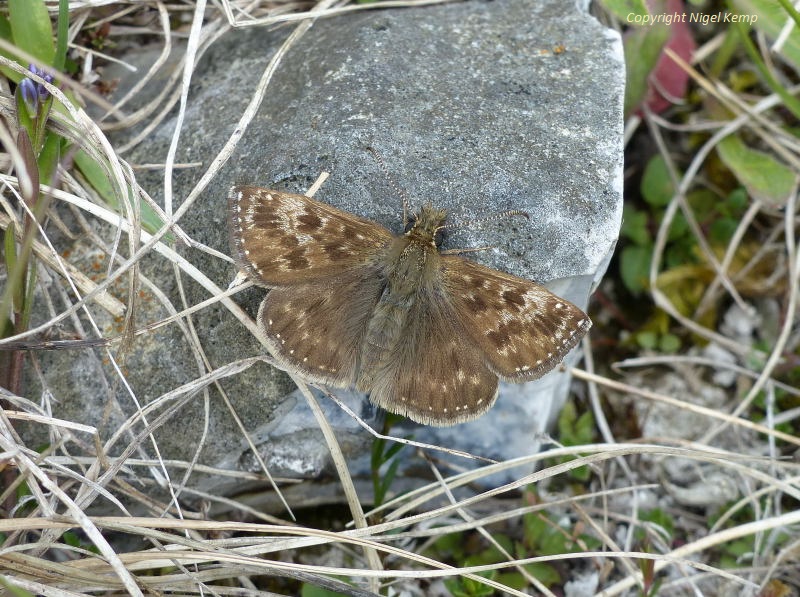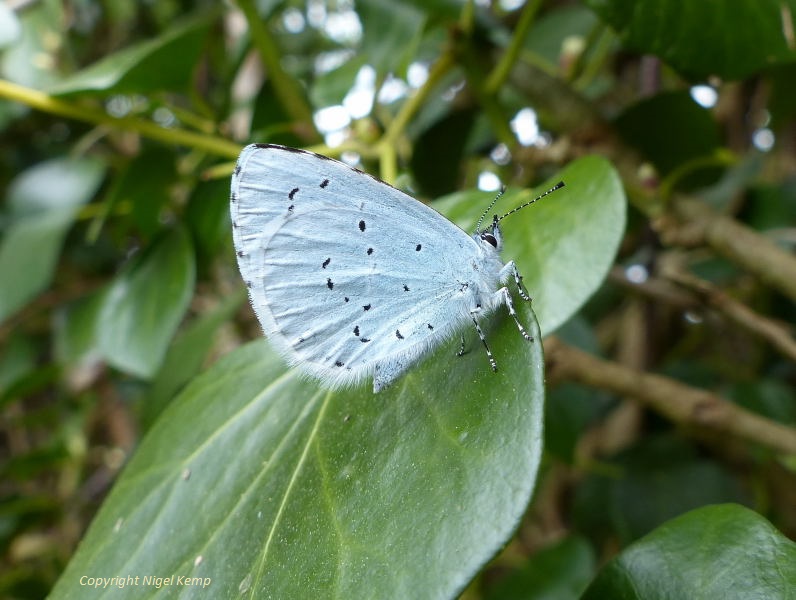This week has seen the emergence of several species of Odonata (dragonflies and damselflies) on Pevensey Levels. My first Hairy Dragonfly (Brachytron pratense) of the year was a newly emerged female in the process of expanding her wings. Although the Large Red Damselfly (Pyrrhosoma nymphula) has been on the wing for two weeks on the levels, Azure Damselfly (Coenagrion puella), Variable Damselfly (Coenagrion pulchellum) and Blue-tailed Damselfly (Ischnura elegans) have all started to emerge this week.
Hairy Dragonfly (Brachytron pratense) (female expanding her wings)
Variable Damselfly (Coenagrion pulchellum) (teneral male)
Earlier this week, I met up with Bob for our regular Wednesday walkabout. We headed for the downs in search of orchids. I also saw my first Small Copper (Lycaena phleaes) of the year which just happened to be an aberration, sporting yellow pigment in the middle of the forewings. The specimen was also of form caeruleopunctata which gave this phleaes a rather attractive livery.
Small Copper (Lycaena phleaes) (female, form caeruleopunctata) (aberration)
Early Spider Orchids (Ophrys sphegodes)
The light trap in my wealden garden this week has started to attract species of one of my favourite moth groups, the Prominents (Notodontidae).They are so named because of the body and wing tufts that show when the moths are at rest. The first three species are Prominents and the last species is from the Noctuidae family.
Iron Prominent (Notodonta dromedarius)
Lesser Swallow Prominent (Pheosia gnoma)
Lunar Marbled Brown (Drymonia ruficornis)
Shuttle-shaped Dart (Agrotis puta) (female)


































